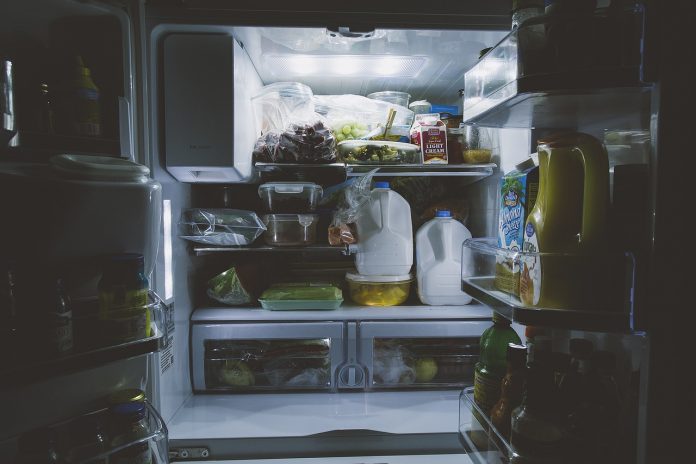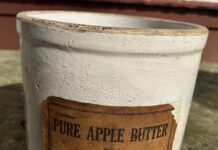Q: I buy fresh fruits and vegetables every time I go to the grocery store, but it seems like much of the produce ends up in the wastebin, because I don’t get around to eating it or forget that it’s in the fridge. Do you have any tips on how I can avoid this?
A: You aren’t alone. Americans nationwide throw away about 80 billion pounds of food in a typical year, researchers have found. For example, approximately 30% of the food produced in the United States is wasted each year, and a significant portion of that occurs at the consumer level.
Food waste accounts for 15% of all solid waste in the United States and contributes significantly to greenhouse gas emissions. And a new report released in March by the UN Environment Programme found that of all the food wasted in homes, restaurants and shops, 17% of it is thrown away.
The UNEP Food Waste Index Report 2021 also found that 8-10% of global greenhouse gas emissions are associated with food that is not consumed. Additionally, the report found that households discard 11% of food at the consumption stage of the supply chain, while food services and retail outlets waste 5% and 2%, respectively.
But there are ways to lessen that food waste, said Alisha Barton, an educator in family and consumer sciences for Ohio State University Extension. One way is to reevaluate how you store food in your fridge. Doing so can help not only the environment but your wallet as well, she said.
“In the United States, the average person wastes 238 pounds of food per year or about 21% of the food they buy,” Barton wrote in Figuring Out Your Fridge, a blog posted at Live Healthy Live Well.
“This wasted food costs consumers on average some $1,800 per year,” she said. “Fresh fruits and vegetables account for the largest of these losses.”
Inventory
Here are some tips Barton suggests to help you optimize your fridge and fresh food storage. Set aside time each week to clean and take an inventory of your fridge and freezer. This task can be done in 30 minutes. Take time to throw away expired food and leftovers while wiping spills and cleaning surfaces.
As the food is returned to the fridge, take stock of what needs to be used and plan accordingly. Use this cleaning time to check the temperature of your fridge and freezer. Your refrigerator should be at or below 40 degrees Fahrenheit. The freezer temperature should be set at 0 degrees. Checking these temperatures regularly can help ensure that your food stays fresh longer.
Glass jars
Consider using recycled glass or mason jars for food storage. These are great to keep food fresh and are easy to see what is inside. Glass jars are easy to clean, and their airtight seal will keep foods fresh. To reuse jars, just wash the jars and remove their labels.
Towel
Wrapping fresh broccoli or cauliflower in a slightly damp towel will keep it crisp. Storing spinach or lettuce in a glass container with a dry towel on top will help it stay crisp and fresh.
Shopping
Don’t over-shop. You might get excited about a good deal, but if you don’t have a plan to use a large amount of something on sale, that good deal might become food waste. Try to keep in mind how much of an item you will use, and avoid buying more than you need. Cleaning and taking regular stock of what is in your fridge will help avoid overbuying, she said.
“You know your fridge and your habits more than anyone else,” Barton wrote. “Consider your habits and the foods you enjoy while you figure out a system that works for you.”
(Chow Line is a service of The Ohio State University College of Food, Agricultural, and Environmental Sciences and its outreach and research arms, Ohio State University Extension and the Ohio Agricultural Research and Development Center. Send questions to Chow Line author Tracy Turner, 364 W. Lane Ave., Suite B120, Columbus, OH 43201, or turner.490@osu.edu.)

















Thank you for these helpful suggestions. I will try using the glass jars for refrigerator storage. Food does get wasted in my refrigerator because I can’t see it all for the packaging clutter.